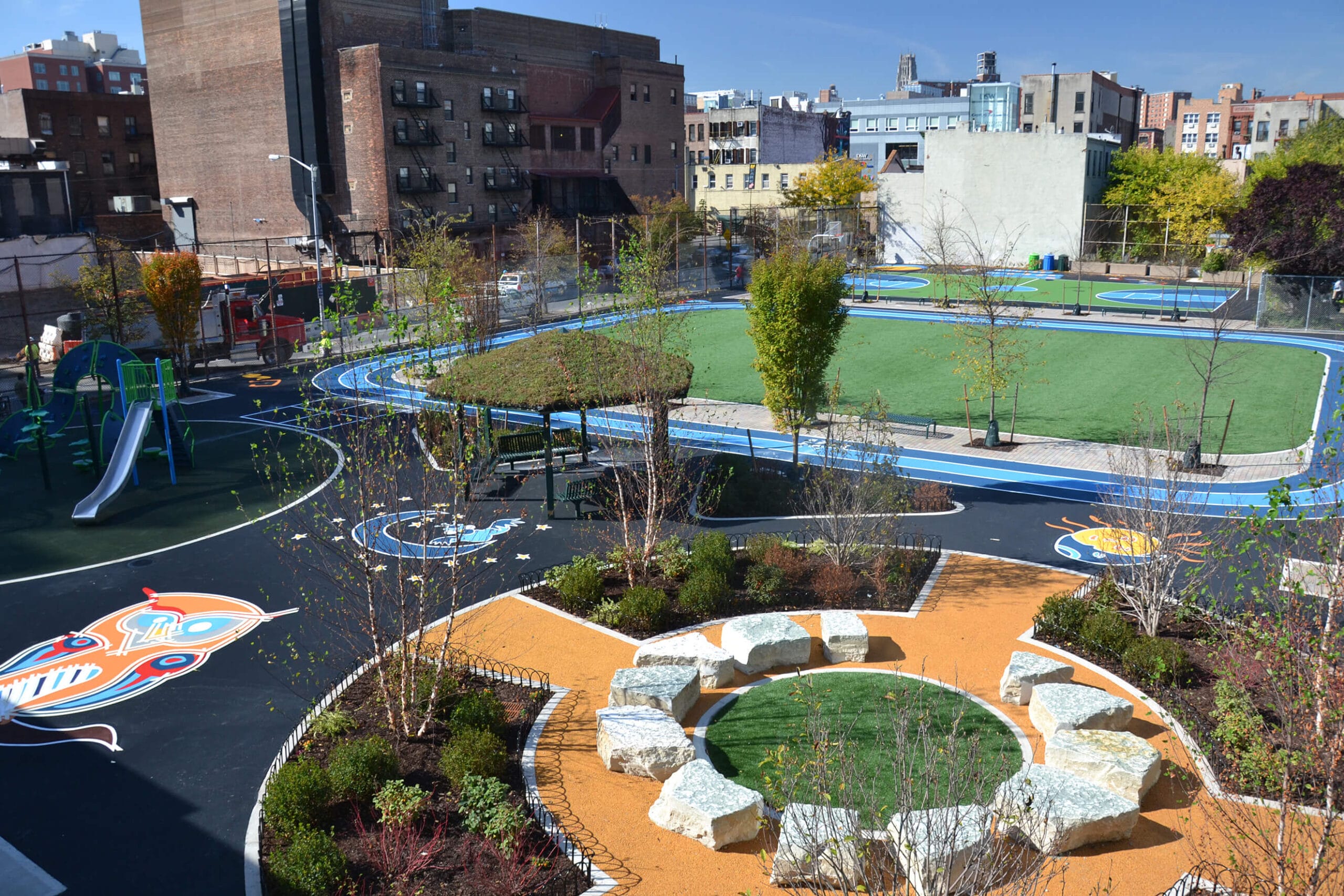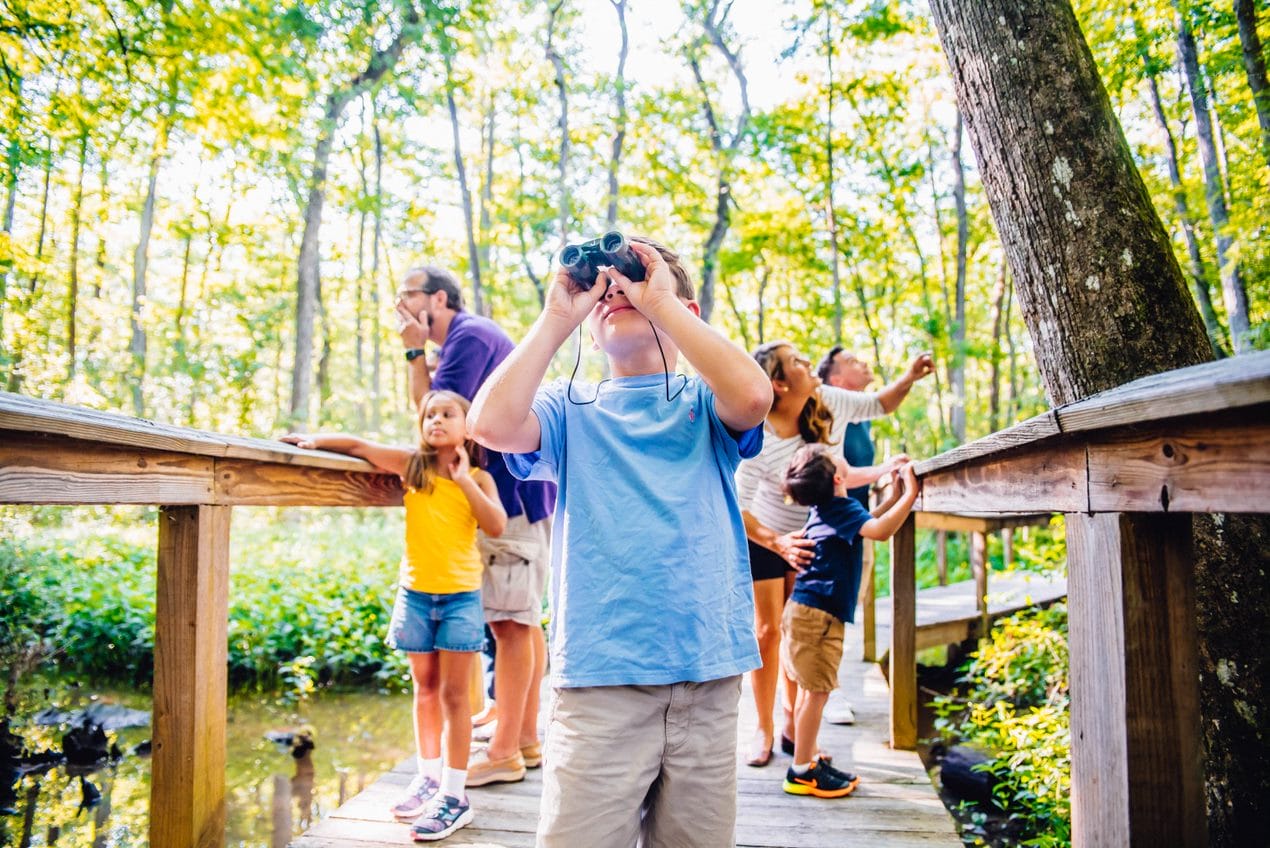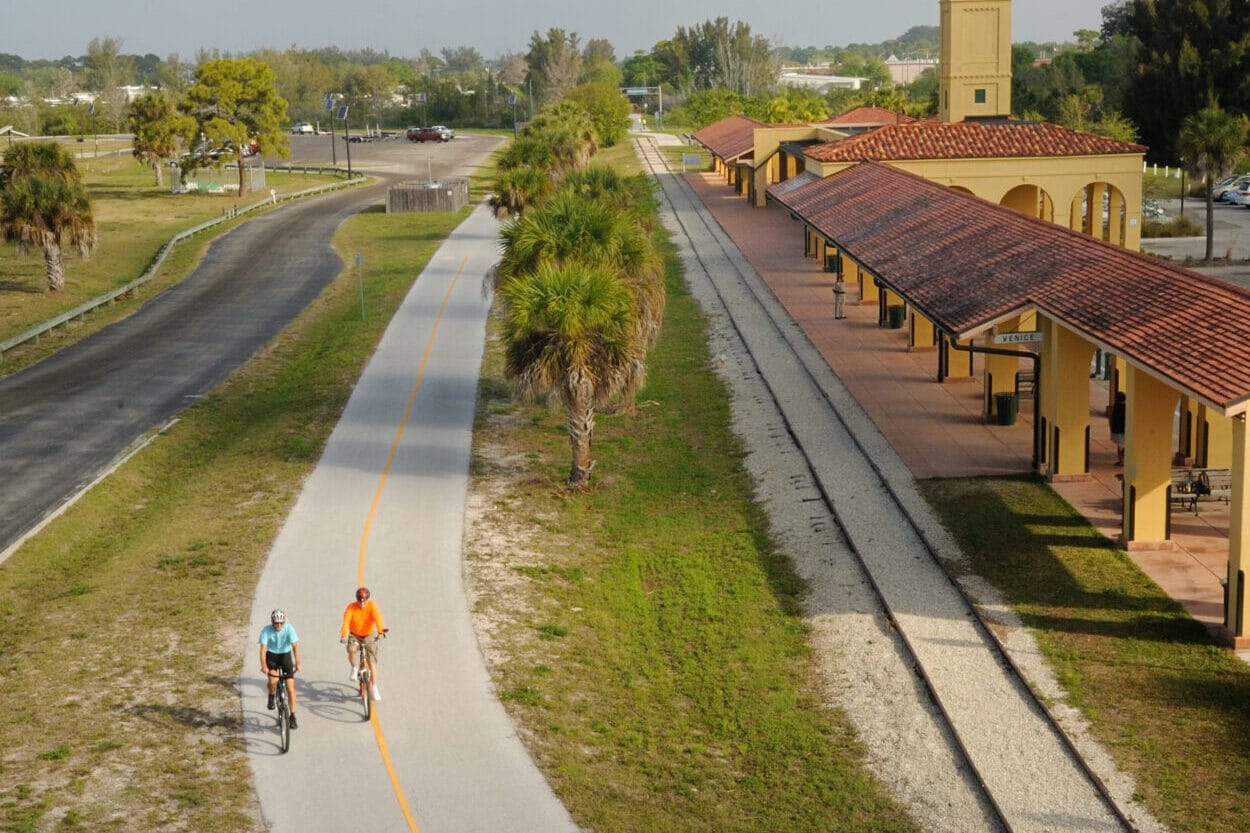
A wild journey through nature hiding in New York City
A wild journey through nature hiding in New York City
Many people in New York City know that wild things slither and fly through the network of underground tunnels and skyscraper canyons. The two that most readily come to mind are the pigeon and the rat. But Thomas Hynes, a resident of Brooklyn, knew there was much more to the urban landscape and set out to document it.
In his new book, the lively and beautifully illustrated Wild City: A Brief History of New York City in 40 Animals Hynes examines the city through the prism of its wildlife, specifically 18 mammals, ten birds, four insects, two fish, two mollusks and two monsters (ones of lore, naturally). A former public relations professional, he grew up in Connecticut and went to college in Vermont. But he had fallen under the city’s spell as a child while visiting his family in Brooklyn.
Wild City: A Brief History of New York City in 40 Animals Photo credit: Thomas Hynes
The last chapter of his book, aptly titled “Where the Wild Things Will Be,” explores a handful of future park projects that could one day support more wildlife. Among them is the QueensWay, an abandoned rail line that a coalition of advocates, including The Trust for Public Land, would like to see transformed into an elevated linear park like the wildly popular High Line in Manhattan.
But instead of traversing some of the wealthiest neighborhoods in the city, the QueensWay would run for more than three miles through working- and middle-class communities in a borough known for its ethnic diversity, where more than 160 languages are spoken.
We caught up with Hynes at his home in Brooklyn to talk about his new book, wildlife in the city, and the interesting concepts for future parkland—one, on Staten Island, that is actually being realized and others just a glimmer in someone’s eye.
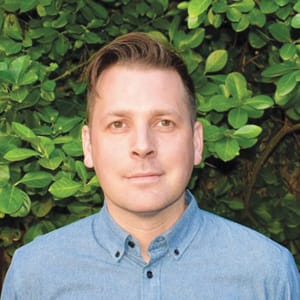 Thomas HynesPhoto credit: Thomas Hynes
Thomas HynesPhoto credit: Thomas Hynes
Why did you decide to focus on the animals of New York City in your new book?
Oysters and pigeons and beavers are fundamental to New York City’s history. But there are some other places where I use the animal as a way into some places that I just really like, such as Freshkills on Staten Island, the former garbage landfill that is becoming a city park. I love that idea of writing that wrong. There, I talk about the grasshopper sparrow, which is not a bird I knew about. A grasshopper sparrow needs grasslands. I was also able to talk about the Gowanus Canal by writing about dolphins that got trapped in there.
What do you consider to be the most iconic animal in New York City, besides, of course, the lowly pigeon?
The beaver. There are two beavers on the New York City flag. It’s one of the reasons New Amsterdam was founded, as a way to trade beaver. I wanted to talk about the beaver and so I discovered the Bronx River, which I had no idea about. I went on a canoe ride down the river one summer afternoon and it was just really the most eye-opening experience I had in this whole process. I grew up in the suburbs in Connecticut and I had this notion of the Bronx and, writ large, a notion of the city as a whole—and it’s incorrect—that it’s not a place where nature exists, that it’s outside nature.
On the canoe tour, I saw this encapsulation of the power of environmental remediation, of community work, of citizen advocacy. And the beaver was the icing on the cake there. As we settled the city, we obviously didn’t have an eye toward conservation and we polluted it to a staggering degree. The beaver left the city in 1800 and was gone for 200 years. Then around the 1970s, which I describe as the low point of the environment in New York City, people started to take ownership of the Bronx River. After 35 years of this clean-up and remediation work, suddenly a beaver showed up. It worked and the beaver was the proof.
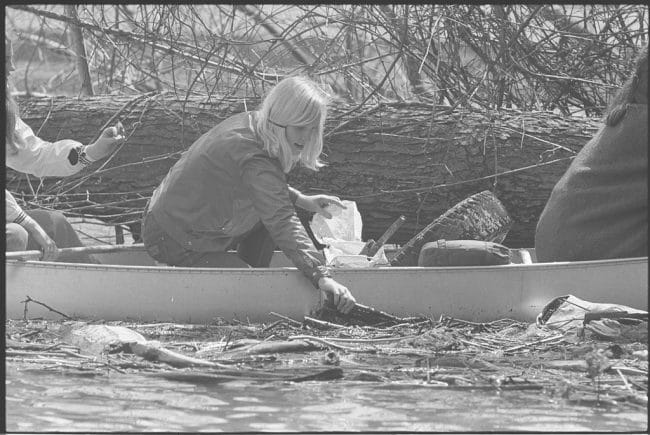 “Around the 1970s, which I describe as the low point of the environment in New York City, people started to take ownership of the Bronx River,” says Hynes.Photo credit: Library of Congress
“Around the 1970s, which I describe as the low point of the environment in New York City, people started to take ownership of the Bronx River,” says Hynes.Photo credit: Library of Congress
In your last chapter about future park projects, why did you include the QueensWay?
Like a lot of people, I was so moved by the High Line when it opened up—just as far as seeing what was possible and looking at the before and after. The QueensWay is in the “before” phase, and the High Line is in the “after” phase. This is what is possible. And I just loved the idea of this unused piece of infrastructure. And the way that people in Chelsea and the Meatpacking District talked about the High Line pre-2009 was that it was a blight and a nuisance and now it’s this gem.
I was tipped off to the QueensWay long before I started the book. And I learned it was three times as big as the High Line and connects all these neighborhoods. And this was a project that I really wanted to highlight in the book, but I couldn’t find a way to work an animal into it. So I thought a nice call to action at the end of the book would be to say: How do we keep this wild moment going in New York City, how do we continue to foster this great momentum of environmental improvement and community ownership. What better way than to highlight a park project in each borough.
What are some of the things you find most compelling about the QueensWay?
After I interviewed some people about the QueensWay, I went out and actually looked for it. I started in Forest Park and I gave myself an unofficial tour. I brought a camera and just followed the path; I ran up the embankment and was on the tracks. Even in the “before” phase, where it hasn’t had that parks department magic, it’s still this really special place, this quiet place, this elevated place. It crosses these six-lane roads and can be a safer alternative for pedestrians, and also provides a wildlife corridor. But what I really love was the equity of it. Where it continues south, I’m looking at these neighborhoods like Ozone Park and Rego Park, and I can see on the map that they don’t have their fair share of parks. Suddenly Forest Park is opened up to these people who are on the other side of six lanes of traffic.
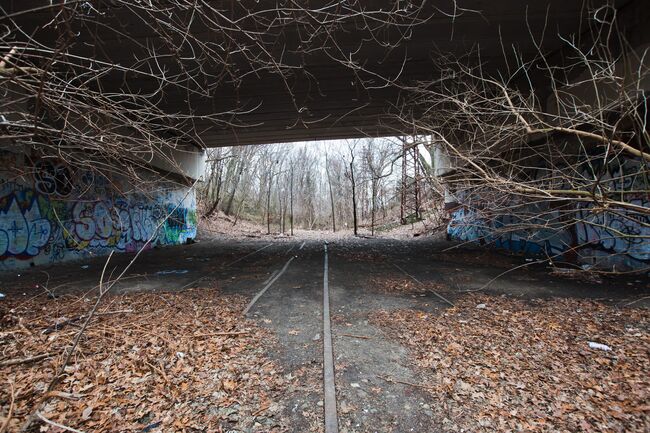 The future QueensWay. “Even in the “before” phase, where it hasn’t had that parks department magic, it’s still this really special place, this quiet place,” Hynes says.Photo credit: Andy Isaacson
The future QueensWay. “Even in the “before” phase, where it hasn’t had that parks department magic, it’s still this really special place, this quiet place,” Hynes says.Photo credit: Andy Isaacson
Can you tell us about one of the other proposed park projects you describe in your book?
The Manhattan project I talk about is the Green Line, which would turn Broadway into a park from Columbus Circle to Union Square. It sounds crazy, but now as we are closing down all these streets, we are already incidentally working toward that goal even if we are not doing it intentionally. There are benefits for water treatment and air quality, but also just quality of life.
Every time it rains, our sewage mixes with the rain water and then it overflows into the harbors and the rivers. And if we can capture water more naturally instead of letting it run into the sewers, we are going to save ourselves a lot of money. But we are also going to protect all the fish and the maritime environment. It’s not out of the realm of possibility that we could transform Broadway in this way.
Why is it important that new parkland continue to be developed in New York City?
I’m a big champion of parks. I mean you look at the value that parks are providing right now during the pandemic. They’re like a bargain for what they are providing to the city and what they actually cost. And then there is climate resiliency and absorbing water. But I really love the idea of giving people their fair share of recreation and open space. I look at parks throughout the world and especially throughout New York City, and I think, they have never been a bad idea; no one has ever regretted a park they have built. No one has ever said, “Oh man, I wish we could put this Expressway here.”
One-third of Americans, including 28 million children, lack safe, easy access to a park within a 10-minute walk of home. Urge your senators to allocate funding to create parks and enhance outdoor recreational opportunities by championing the Outdoors for All Act today!


Donate to become a member, and you’ll receive a subscription to Land&People magazine, our biannual publication featuring exclusive, inspiring stories about our work connecting everyone to the outdoors.
See how our supporters are helping us connect people to the outdoors across the country.




